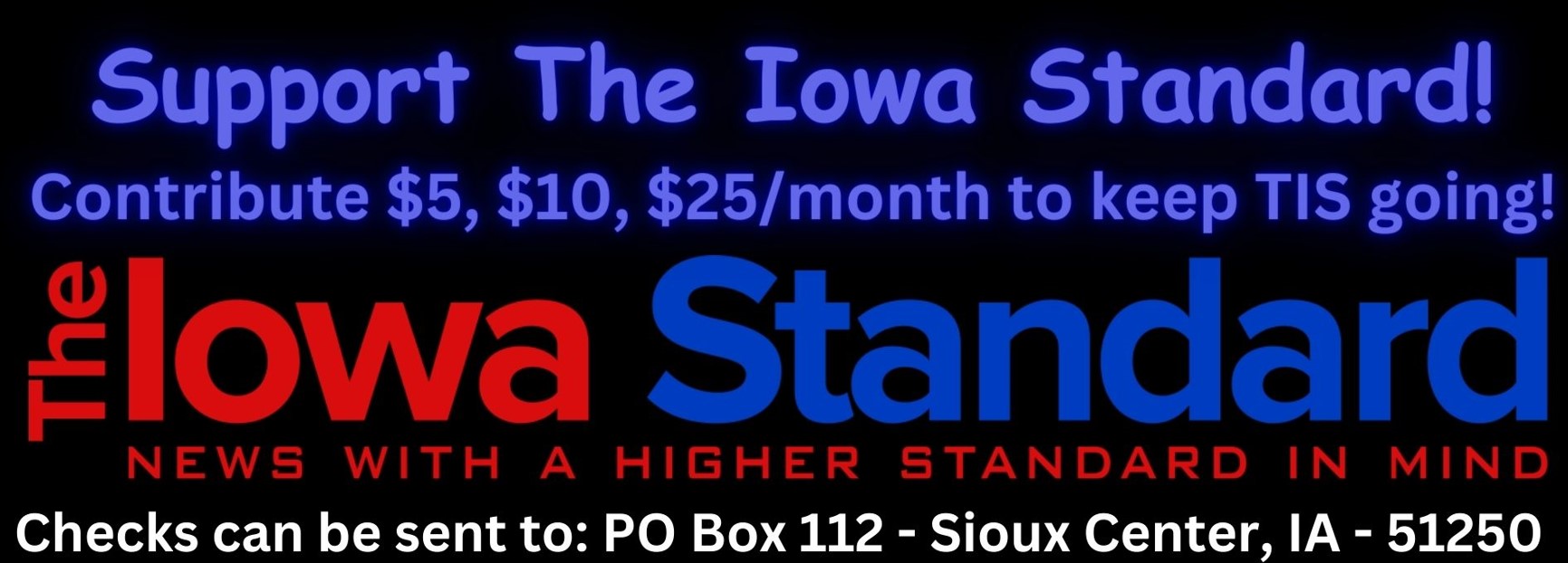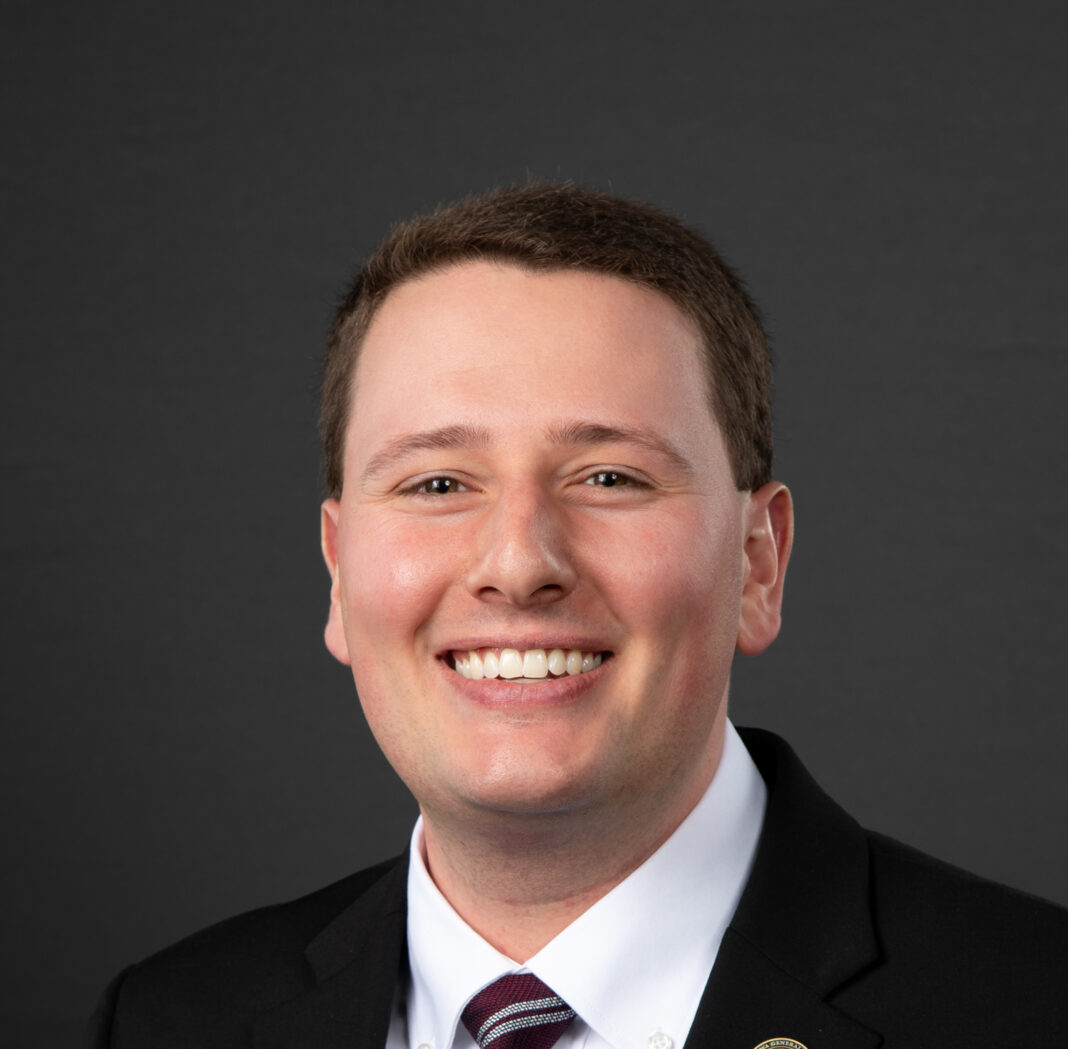On Tuesday, Governor Reynolds delivered her Condition of the State speech where she unveiled her education priorities. These include increasing minimums for beginning and 12 year veteran teacher salaries, improving literacy through evidence-based reading instruction, supporting the expansion of high-quality public charter schools, and reforming Iowa’s Area Education Agencies to improve special education services and outcomes for students with disabilities.
Teacher Salaries:
Right now, Iowa ranks in the bottom half of states in the U.S. for average starting teacher salary according to the National Education Association. With her proposed plan, Iowa would be in the top five states for average teacher salary. The plan includes:
- $47.1 million in new funding to increase the statutory minimum teacher salary from $33,500 to $50,000.
- $25.8 million in new funding to create a statutory minimum teacher salary of $62,000 for teachers with 12 years of experience.
- $23.1 million in new funding to establish Teacher Salary Supplement tiers with minimum floors to equalize funding by school district size and for those that are close to or have reached the minimum salary requirements.
- $10 million to create the Merit Teacher Incentive Fund and reward teachers for student improvement.
Literacy:
In Iowa, 35% of third graders cannot read proficiently. The current methods of reading instruction are not serving students very well.
- Already, Iowa has invested $9.2 million to provide 5,000 teachers and 1,100 school administrators with instructional training in the science of reading. Training began in November of 2023.
- Iowa colleges and universities will be held responsible for training education students in the science of reading. The proposal requires future Early Childhood, Elementary, K-12 Reading and Literacy Preparation, and Special Education teacher licensure candidates to pass the Foundations of Reading assessment as a condition of graduation.
- Invest $3.1 million to cover the cost of the Foundations of Reading assessment for current teachers who will be required to pass it within three years.
- Iowa schools would be required to develop personalized reading plans for students not proficient in reading by third grade and up to sixth grade.
- School districts would be required to notify parents of the option to retain students who are not proficient in reading in third grade.
Public Charter Schools:
In 2021, Iowa passed a charter school bill that included new pathways for charter schools to begin in Iowa. Charter schools are public schools that provide different types of education than a typical public school would. Some focus on STEM, some focus on work-based learning, others on the arts. Charter schools can focus on providing a different environment for at-risk students. Her proposal includes:
- $5 million to create the Charter School Start-Up Grant program to support new or high-performing existing charter schools.
- Allow vacant or underutilized public school district facilities to be available for lease or purchase by other educational entities including nonpublic or charter schools.
- Support the expansion of high-quality charter school options.
Area Education Agencies:
Governor Reynolds stated that since the AEAs were created in 1974 to serve children and students with disabilities, their services and infrastructure have grown to include many other services outside of special education. Iowa’s students with disabilities are performing below the national average and AEA spending has little oversight, therefore, the Governor made the case it is time to refocus and reform the AEAs and their mission.
- Shift state special education funding from AEAs to school districts, allowing them to work with providers that will best meet the needs of their students. The districts may choose to do it themselves, work with an AEA, or contract with private entities to find the best solutions for students.
- Shift general supervision authority and related funds from AEAs to the Iowa Department of Education to make sure taxpayers dollars on focused on the core mission.
- Authorize AEAs to provide only special education services for children and students with disabilities from birth to age 21; special and general education services to juvenile, detention, and foster care children and adults; and some additional services pursuant to current contracts.
- Allow a year-long transition period to implement changes, ensuring stability and improved support for children and students with disabilities.
This proposal is bound to get the most attention, so I will give you my initial thoughts below.
My Initial Thoughts:
In my opinion, 50 years after the AEAs were created to support students with disabilities, they’ve become too big, too expensive, too distracted, and I do not believe more money is the answer.
- Too Big: Iowa’s AEAs employ more than 6 times more staff than the Iowa Department of Education.
- Too expensive: AEAs annual budgets exceeds $529 Million, in addition, the Average AEA Chief Administrators’ total compensation is $309,667 a year.
- Too Distracted: Less than 63% of AEA funds are focused on special education.
- More Money is not the Answer: Despite already spending more per pupil than the national average, Iowa students with disabilities have poorer academic results.
Iowa is the only state that requires all school districts, except Des Moines Public Schools, to pay into the AEAs and then use that same agency for education services. Oversight is also lacking – AEAs are both providing special education services and overseeing special education services. Our students with disabilities deserve the best – we can’t keep doing the same thing and expect better results for them.
The current structure simply isn’t working. While the Governor’s proposal may not be the only solution to this issue, I look forward to reviewing her proposal.

















